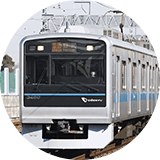
Suggested Itineraries
Spiritual locations along the Odakyu Line
There are many locations along the Odakyu Line known for their spiritual power. It is said that merely visiting such a place can improve your fortune, and it has become popular to visit them, particularly for young women. These spiritual locations, or “power spots” as they are known in Japanese, can be located anywhere from the precincts of a large shrine to a small temple tucked in a corner of the big city. Why not take a short side trip to a spiritual location and see if your fortunes take a turn for the better?
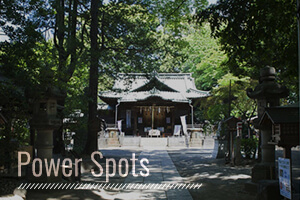
9:30 am
Hanazono-jinja Shrine is located in the heart of Shinjuku, an emblematic district of Tokyo. On the precinct grounds, Itoku Inari-jinja Shrine is popular with young women and couples who seek its many spiritual blessings, such as marriage, marital harmony, conception, and romantic fulfillment. Also on the Hanazono-jinja grounds is Geino Sengen-jinja Shrine, which has been strongly tied to traditional performing arts like kabuki since the Edo period. Many actors, singers, and other entertainers are patrons of the shrine.
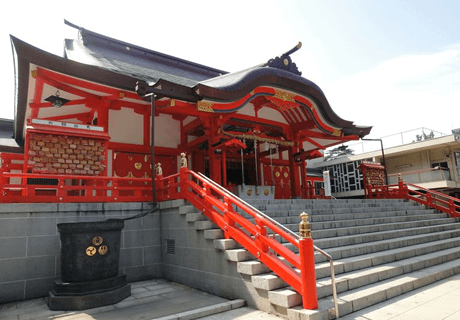
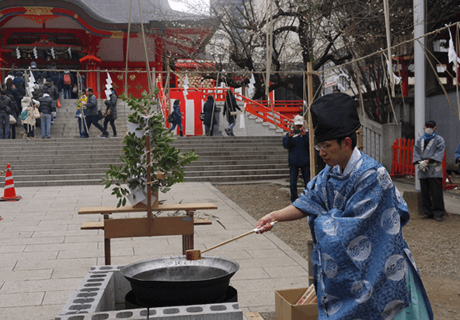
7-minute walk from Hanazono-jinja Shrine
Board the local train of the Odakyu Odawara Line
6-minute walk from Sangubashi Station on the Odakyu Odawara Line
11:00 am
A popular urban oasis, Meiji Jingu Shrine is dedicated to Emperor Meiji and Empress Shoken. Conveniently located near shopping districts such as Harajuku, Omotesando, and Shibuya, Meiji Jingu Shrine welcomes more New Year's visitors than any other shrine in Japan. Visitors are said to receive good fortune in many areas of life, including household safety, physical safety, fulfillment in friendships and romance, qualifying test scores, and business prosperity. You can find wooden good-luck bells known as kodama (meaning “echo”), which are popular among fortune-seeking Japanese women. These charms are made from sacred trees grown on the shrine precinct, and their woody texture and sound soothe the spirit.
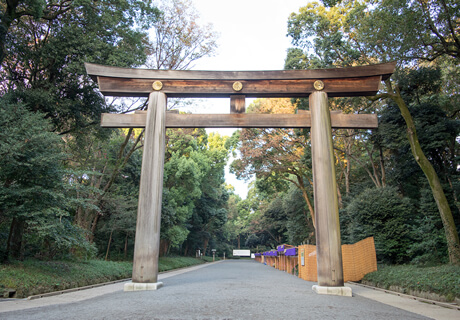
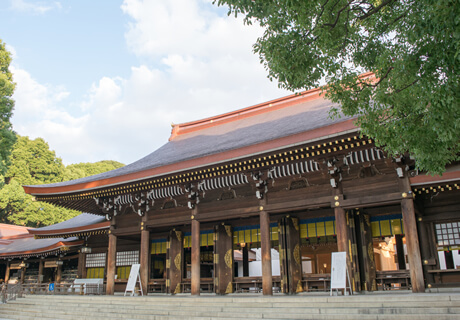
25-minute walk from Meiji Jingu Shrine
Short for Okushibuya, Okushibu refers to the Kamiyama-cho and Tomigaya area outside the Shibuya shopping area known as Center Gai. This popular district is filled with stylish zakka (miscellaneous merchandise) stores, restaurants, coffee shops, and more. Characterized by its tranquil atmosphere, Okushiba is a great place for a stroll to escape the hustle and bustle of Shibuya Station and Center Gai.
20-minute walk from Okushibu
1:00 pm
No visit to Japan is complete without lunch at a great soba restaurant. Oonoya will make your trip complete with soba carefully selected from the bests harvests each season, with a specialization in stone-ground sarashina buckwheat from Shinshu. Oonoya's dedicated artisan chefs use the buckwheat to create soba noodles, buckwheat dumplings, and buckwheat tofu.
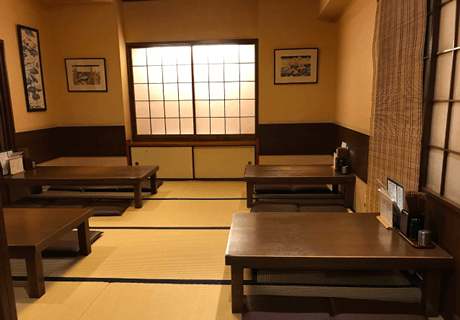
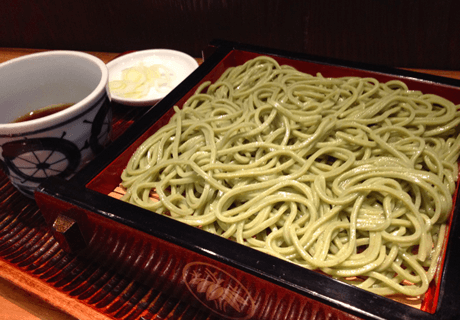
2-minute walk from Oonoya (Motoyoyogicho)
2:30 pm
Within walking distance from Meiji Jingu Shrine, the Yoyogi Hachimangu Shrine precinct encompasses a treasured natural forest, preserving traditional Japanese atmosphere in the middle of the Tokyo metropolis. The frequent subject of Japanese television shows and magazine articles on spiritual locations, the shrine is dedicated to Emperor Ojin, also known as Hachiman. Blessings the shrine imparts include warding off evil, transportation safety, household safety, business prosperity, recovery from sickness, qualifying test scores, safety in childbirth, and more. Designated as a cultural property of Shibuya, the shrine has archaeological artifacts and even a pit house from the prehistoric Jomon period that visitors can view.
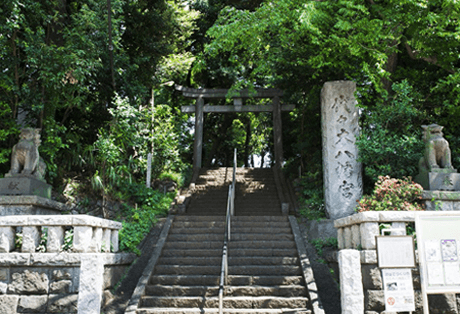
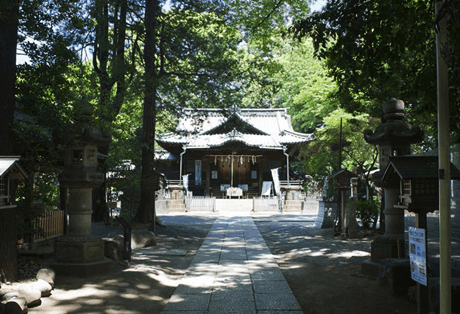
5-minute walk from Yoyogi Hachimangu Shrine
Board the local Odakyu Odawara Line bound for Odawara
10-minute walk from Gotokuji Station
4:00 pm
The maneki-neko (beckoning cat) that waves people in with a paw is a common figurine in Japanese households and shops. Gotokuji Temple is known as one of original locations where the maneki-neko tradition emerged. The temple is located in a corner of a quiet residential district, and near the main hall is a small building known as Maneki Neko-do Temple, where you can find many maneki-neko cats of various sizes. It is also registered as a Tokyo historical site.
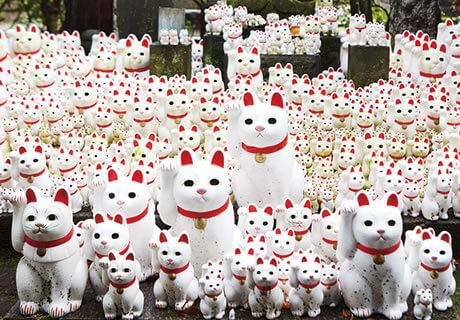
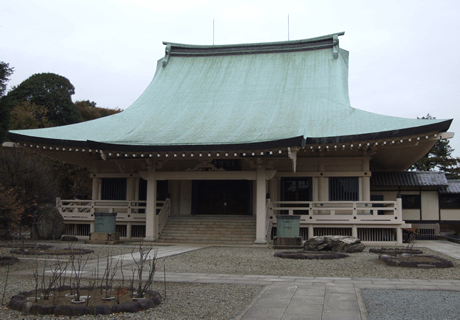
7-minute walk from Gotokuji Temple
This shopping district, located on the south side of Gotokuji Station, is marked by a nostalgic atmosphere. You will find many seafood vendors, flower shops, butchers, and other stores with a retro feel. Stroll around and take in the local businesses with their long histories. Be sure to look for Tamanyan, the district mascot, as well as the many maneki-neko that celebrate Gotokuji Temple as the origin of the beckoning feline tradition.
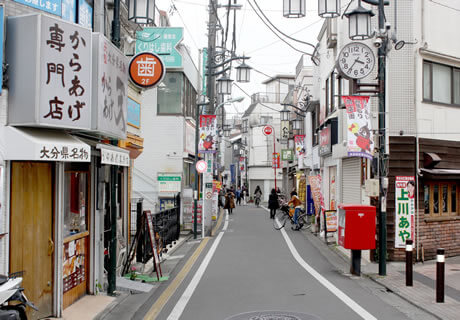
5-minute walk from the Gotokuji Shopping District
Board the local Odakyu Odawara Line train bound for Shinjuku
5:30 pm



